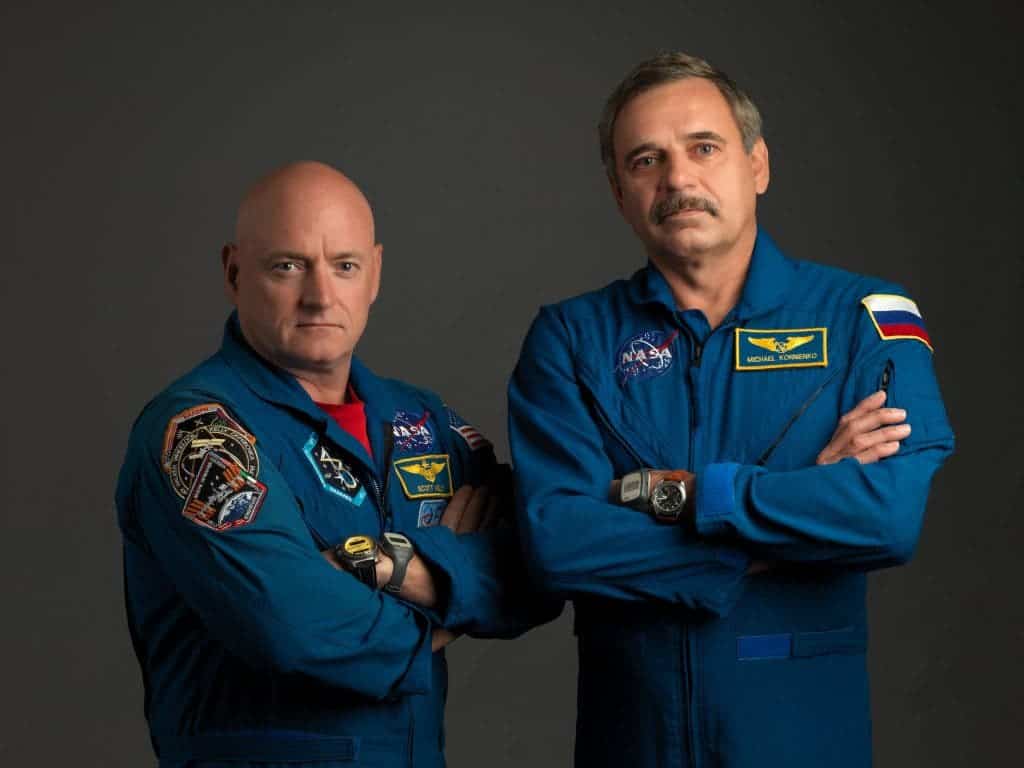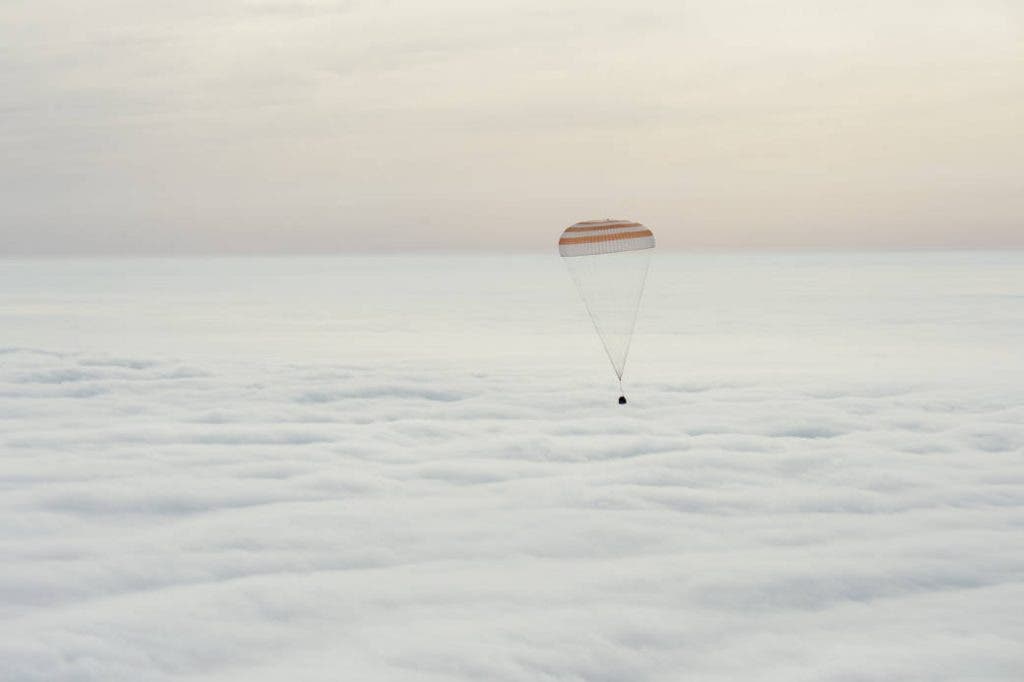Astronaut Scott Kelly returned to planet Earth on Thursday, after a landing in which everything went smoothly, as expected. But for Kelly, his mission is far from over – he was involved in a twin study and will now be subjected to constant medical monitoring to see how his body changed following the prolonged period in orbit. The first results are already interesting: he got 2 inches (5 cm taller).

Scott is a twin, which made him an ideal candidate for this kind of study. NASA wants to see how the human body adapts to living in outer space, looking specifically at the effects of space radiation, as well as the effect of visual impairment associated with long-duration space flight.
Graham Scott, chief scientist at the National Space Biomedical Research Institute and deputy project scientist for the NASA and NSBRI Twin Study said that eye vision is especially intriguing, as we don’t exactly understand what affects astronauts’ vision in space
“We will be looking at the eyes to see how much visual acuity has been lost,” he said during a phone interview Thursday. The majority of astronauts have to change their eye glasses while in space,” he said. “They bring eye glasses with them and typically change a few months into the mission.”

Of course, muscles and bones are another issue with space flight. While in space, there’s no gravitational pull which means muscles aren’t really worked properly. For almost a year, Scott Kelly didn’t use his legs to walk, instead just floating from area to area of the Space Station. As a result, his bones became brittle and his muscles became weaker. International Space Station astronauts tie themselves down to a treadmill, strap into a bike and use a resistance device to work out for 2 to 2.5 hours a day, but it’s still not enough.
“The workouts have positively impacted the astronauts’ bones and muscles, and they are coming back in really good shape,” he said. “But some are losing bone and muscle but not as much as we saw in the early days.”
When bones become weaker, they release calcium which can accumulate in the kidneys, creating kidney stones.
But the biggest problem for a long-term space travel like a mission to Mars is radiation.
“If you go on a journey to Mars and get into deep space, there is several hundred times, maybe 300 times the radiation,” he said.
Doctors hope that by studying Scott Kelly, and by monitoring the differences from his twin brother Mark (who is also an astronaut) they can device safer conditions for space travelers.






